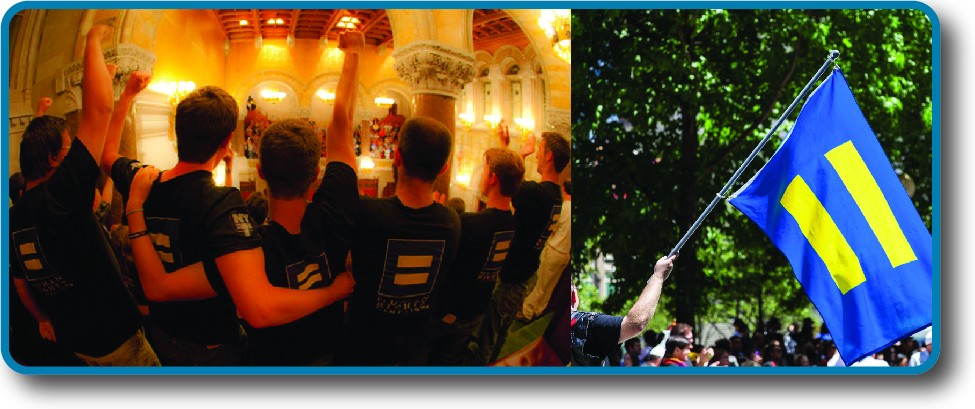7.1: U. S. Courts- Interpreting the Contract
- Page ID
- 252178

The judiciary is arguably the branch where the individual has the best chance to be heard–competing contractual claims may be heard above the noise and distraction of the media, politics, and technology.
As part of checks and balances, courts protect the Constitution from breaches by the other branches of government, and they protect individual rights against societal and governmental oppression. At the national level, nine Supreme Court justices are nominated by the president and confirmed by the Senate for lifetime appointments. Hence, populist control over them is indirect at best, but this provides courts the independence needed. Court power is confined to ruling on those cases the courts decide to hear–in interpreting the law rather than making the law, as law-making power resides with the legislative branch.
U.S. Courts: Questions to Consider
- How do courts make decisions?
- How do they exercise their power to protect individual rights?
- How are the courts structured?
- What distinguishes the Supreme Court from all others?
Terms to Remember
checks and balances–limitations placed on governmental power; separation into branches that oversee one another
judiciary–judicial authority, courts, judges, justices
- American Government. Authored by: OpenStax. Provided by: OpenStax; Rice University. Located at: https://cnx.org/contents/W8wOWXNF@12.1:Y1CfqFju@5/Preface. License: CC BY: Attribution. License Terms: Download for free at http://cnx.org/contents/9e28f580-0d1...c48329947ac2@1.
- Adaption and Remix, and Original Content. Authored by: Deborah Smith Hoag. Provided by: Austin Community College. Located at: http://austincc.edu. Project: Achieving the Dream Grant. License: CC BY: Attribution

